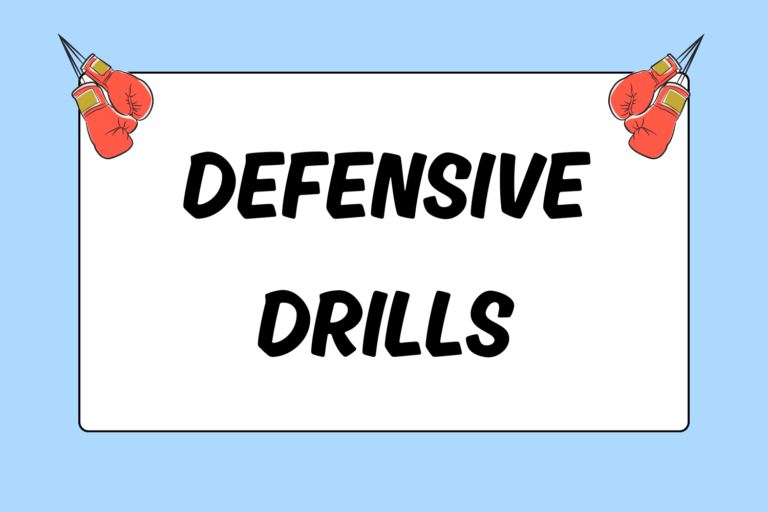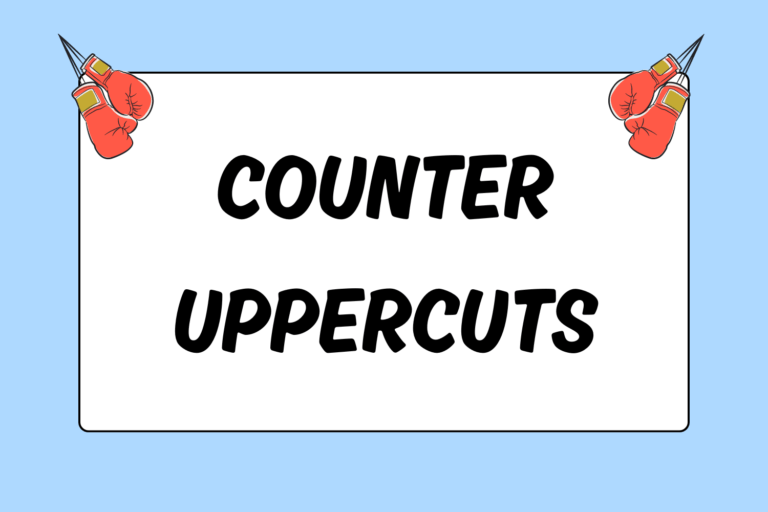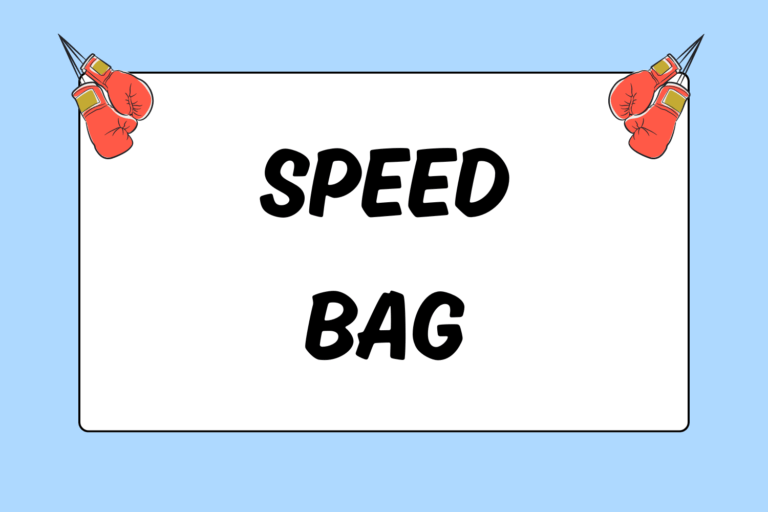Since match-ups are often decided on the day of a bout, amateur boxers rarely have a chance to scout future opponents. If the opportunity does present itself, though, take full advantage of it. Study your future opponent’s game, analyze his style, and devise a strategy. The rest of this guide highlights six important details to note as you watch a future opponent compete in the ring.
The Three Steps to Scouting
Generally speaking, there are three aspects to scouting:
- Identifying what he does well.
- Identifying what his opponent does well against him.
- Deciding how your personal strengths/weaknesses match up.
You need to recognize both his strengths and weaknesses in order to properly formulate a gameplan. The following six steps should help you accomplish this task.
1. Know Yourself
The first step in scouting takes place way before you even see your opponent for the first time. Throughout training, you should identify your own strengths and weaknesses by talking to your trainer and experimenting with different approaches while sparring.
Everyone has personal strengths and weaknesses. For the most part, your fighting style develops not from a preference to be an out-fighter or brawler, but rather from your own personal capabilities. Always work on your weaknesses, but realize that you’ll need to utilize your strengths in order to be successful in the ring. Take your strengths and weaknesses into account as you watch your opponent and formulate a strategy.
2. Stance Matters
Once the bell rings, you should immediately figure out your opponent’s stance: Orthodox or southpaw. Orthodox boxers stand with their left foot in front, while southpaws lead with the right foot. Play close attention to his stance for the entire bout, because some fighters switch it up.
If the boxer does in fact change stances from time to time, do your best to decipher his stronger stance. Few boxers can effectively fight from both the orthodox and southpaw stances.
3. Style
Styles vary from boxer to boxer, and experienced fighters usually adopt aspects from several different fighting styles. However, it’s possible to get a feel for how a boxer prefers to fight, which will help you make a general conclusion about his style. Rarely will a boxer take an overly-aggressive swarming approach for one bout, and then completely transform into a dominant counter-puncher in the follow match. That being said, you should be ready for anything and realize that a single bout won’t expose everything.
Here’s a brief list of possible styles:
- Out-fighter
- In-fighter
- Brawler
- Swarmer
- Counter-puncher
4. Common Combos
Combinations are sequences of punches. One of the most basic combos, for example, is the jab, cross, hook combination. Even novice boxers are familiar with this combo and others like it. More advanced fighters, however, tend to throw punches in bunches, sequencing five or more punches in a row.
Each boxer prefers certain combos, though. If a fighter has a powerful cross, for example, he may pepper his opponent with three or four jabs in order to set up the cross. Do your best to recognize repeated combos throughout the bout and figure out how you’d defend against these sequences.
5. Counters
So you’ve identified common combos and figured out how to defend against them. Now you need to determine the best counters for his attacks. It may be difficult to determine his speed since you aren’t in the ring with him. If he appears somewhat slow, though, you may be able to land a handful of punches in a row without a response. On the other hand, If he looks quick, you may be able to land just two or three punches before you need to get out of range. Take this into account as you plan your counterattacks.
You should also consider your future opponent’s counters. Figure out if he responds the same way when he’s backed up with punches. Some novice fighters tend to respond with the same punches each time they’re pressured. Watch carefully to see how he reacts to attacks, and figure out how to best handle his counterattack.
Hot Tip: Hands Up
Many boxers commit a huge mistake during a bout: They drop their hands. Some slick fighters develop a unique style that involves low hand position, but — for the most part — low hands normally always create exploitable openings.
6. Habits
The previous steps have challenged you to find tendencies in your opponent’s style, punch combinations, and counters. Now it’s time to identify poor habits in his overall game.
Everyone has habits, regardless of their skill level. A prime example is Ricky Hatton. Hatton was a world champion, but he often pushed his gloves together before attacking. Habits like these can be exploited when identified.
Novice boxers often back straight out — instead of pivoting — after attacking. You can exploit this tendency by backing your opponent onto the ropes. See if you can figure out any of his habits. It may be difficult to identify such tendencies by watching a single bout, but do your best.
Strategize without Over-thinking
Videotapes allow you to dive even deeper into your analysis. You can rewind parts of the bout that you find particularly interesting, and truly study your future opponent. However, never lose sight of your own training and capabilities by worrying too much about your competitor. Amateur bouts are relatively short. When in doubt, keep your hands up and throw punches.





